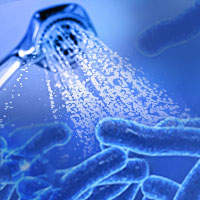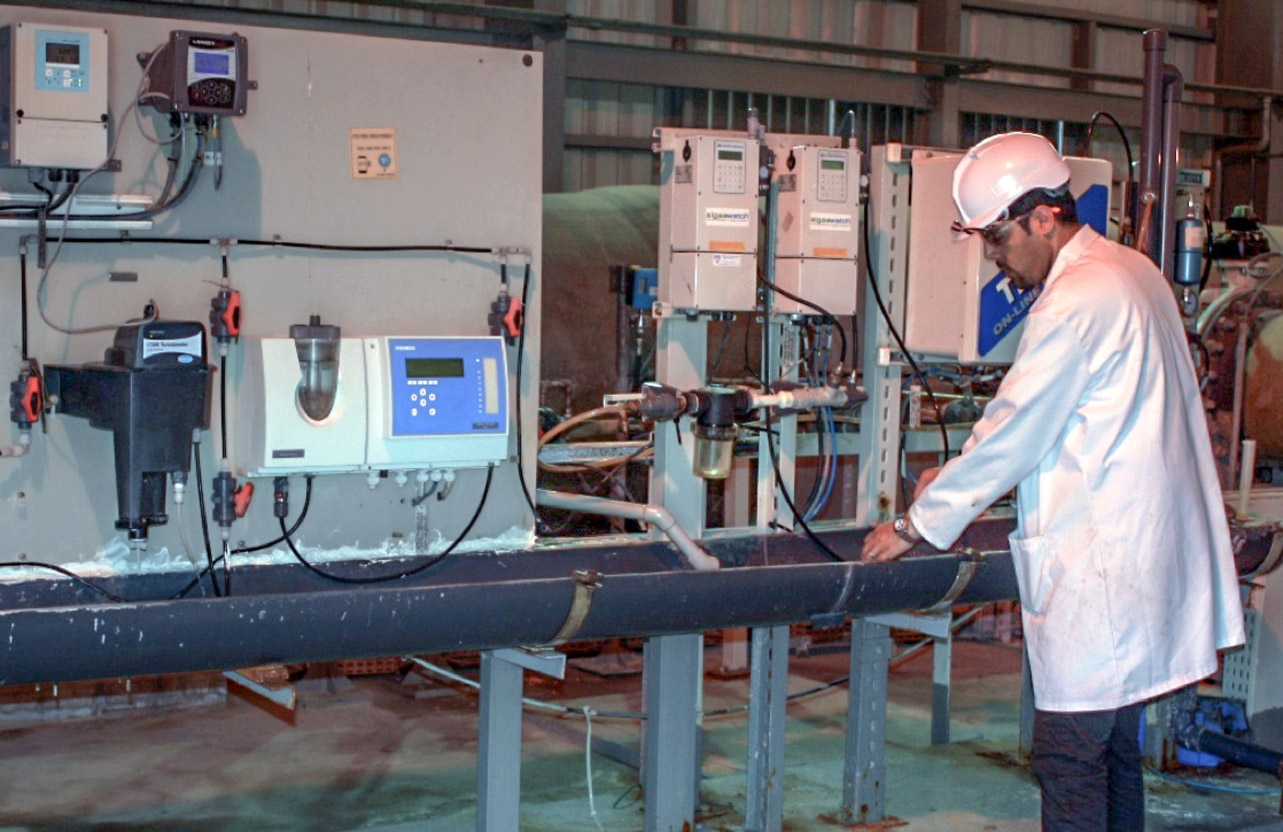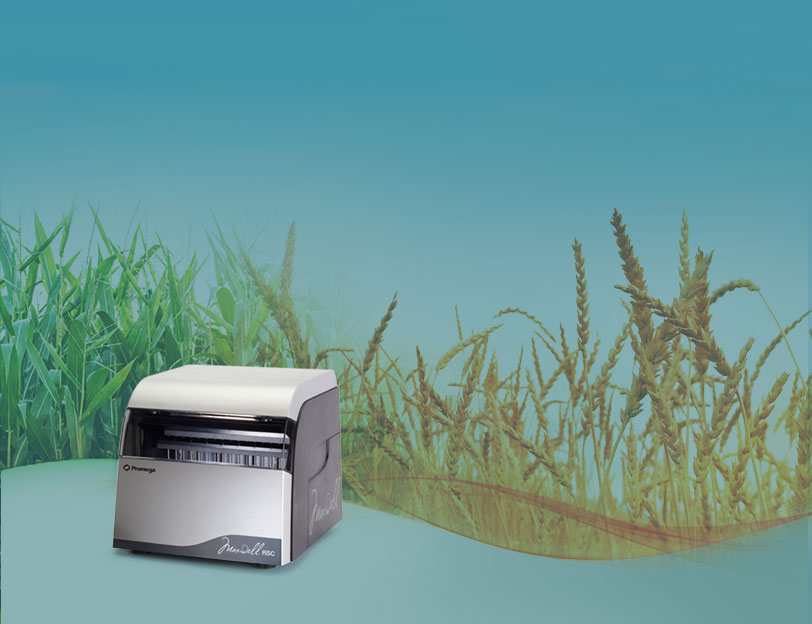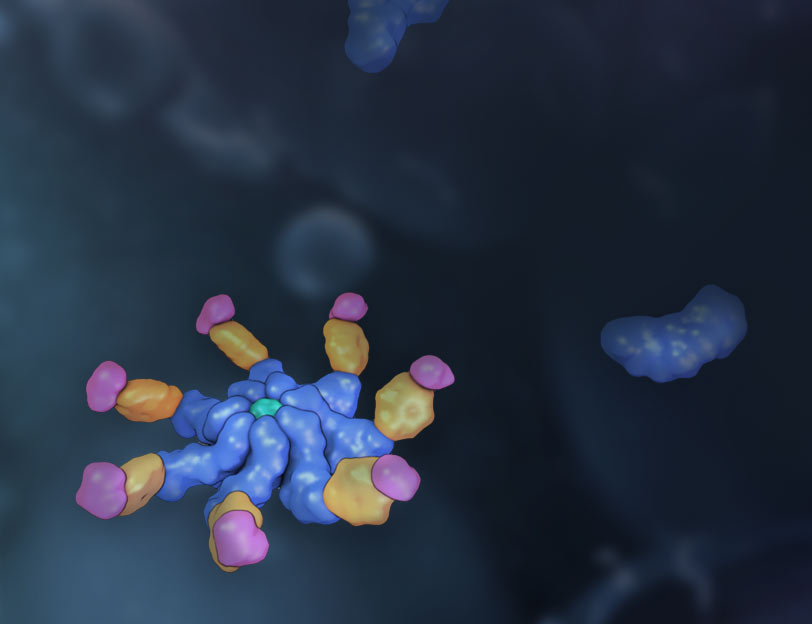Applied and Environmental Sciences
We believe in science-driven solutions and personalized service for real-world settings. We apply molecular technologies such as nucleic acid extraction, PCR, sequencing and bioluminescence detection to solve problems and expedite results for food testing, plant genomic analysis, water quality monitoring, pathogen detection and cosmetics testing.
Whether you are detecting microbial contamination in water, isolating DNA from food or plant samples, monitoring viruses in wastewater or testing cosmetic formulations for cytotoxicity, we can help you make better informed decisions more quickly.
Explore our collection of applied science products and resources, or contact us directly to discuss your specific needs.
Environmental Sciences and Testing
Solutions for researchers, water-testing labs and public health labs to detect pathogens in water.
Cellular Agriculture
Easy-to-use tools for cell culture optimization and genome/protein analysis to support cellular agriculture research.
Food Testing
Molecular methods for detecting pathogens and identifying food components.
Plant Pathogen Detection
Molecular tools to rapidly and accurately detect plant pathogens such as viruses, viroids, bacteria, fungi and yeast.
Plant Genotyping
DNA extraction from leaf, seed, root or other plant materials for use in qPCR, genotyping by sequencing (GBS) or next-generation sequencing (NGS).
Veterinary Science Research
Reagents and products to support veterinary science researchers develop effective vaccines, detect pathogens and diagnose diseases.
Cosmetics Testing
Cell-based assays to simplify cytotoxicity testing of cosmetic compounds in cell or tissue culture.
Need a product modified?
We offer custom and bulk formulations, custom packaging and format options, as well as automation support and custom assay development.

An Introduction to Plant, Food, Water and Cosmetic Testing
Promega's Applied and Environmental Sciences portfolio is built on key technologies for nucleic acid extraction, PCR amplification, sequencing, and bioluminescence detection. These molecular-based methods are applied to provide accurate, scalable solutions for plant genomic analysis, food identity and contamination testing, water quality testing, epidemiological surveillance, and toxicology testing.
Plant and Food Testing
Testing of DNA in plant tissues is an important process in various fields of agricultural research, including crop trait development and seed quality control. Scientists in the plant community need tools to address a range of issues including pathogen detection, disease resistance, transgenic seed development, yield improvement, population genetics and plant physiology. Extraction of high-quality DNA from leaf, seed, root or other plant material is essential for reproducible DNA analysis by quantitative PCR, genotyping by sequencing (GBS) or next-generation sequencing (NGS) methods.
Food testing ensures that food products are pathogen-free and safe for consumption. Molecular methods such as quantitative PCR and advanced DNA sequencing are the fastest and most reliable ways to detect pathogens and identify food components. Both methods rely on the highest quality extracted DNA to achieve reproducible results.
Our DNA extraction chemistries are also used to purify nucleic acids from food, seeds or plants for use in downstream GMO testing. GMO testing confirms the amount of GMO present in plant or food samples and ensures compliance with EU and global regulations. PCR-based GMO detection methods rely on high yields of highly pure DNA for reproducible performance.
Water Quality Testing and Early Warning Systems
Bacteria present in water samples cause issues such as biofilm formation (membrane fouling) and microbially induced or influenced corrosion. Traditional testing requires days of culturing bacteria. The luminescence-based technology in the Water-Glo™ System allows consistent low-level detection of all live microbes in minutes, providing an ideal early warning system for environmental and industrial water monitoring.
The emerging field of wastewater epidemiology uses wastewater/sewershed surveillance to detect biologicals in wastewater for the purpose of monitoring public health. Detection of SARS-CoV-2 in wastewater can be a low-cost solution for tracking COVID-19 outbreaks. We have developed a unique direct capture method that combines virus concentration, extraction and RNA clean-up steps to greatly reduce sample processing time. The SARS-CoV-2 RT-qPCR Kit for Wastewater includes PPMoV internal process controls and standards to ensure accurate quantification.
Cosmetics Testing
Promega bioluminescence-based cell viability and cytotoxicity assays have been the gold standard used in many research and drug discovery applications for many years. These simple “add-mix-measure” assays provide a scalable way to assess cosmetic formulations for toxicity/irritants without using animal testing.
Cell-based assays can be used to uncover the biochemical pathways responsible for cosmetic compound effects. This may involve cell viability changes, inflammation, oxidative or chemical stress, energy metabolism, epigenetics and cell signaling pathways. Establishing these cell-based testing methods frees labs from dependence on animal testing and provides faster answers.





